Michael Kors sells all-American dream at his New York show
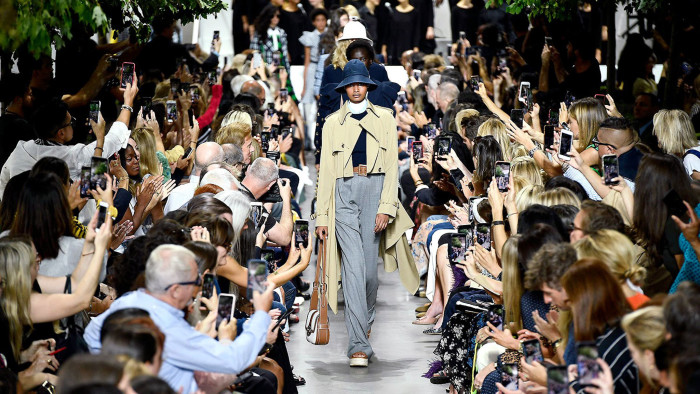
Roula Khalaf, Editor of the FT, selects her favourite stories in this weekly newsletter.
The American designer has far-reaching respect, from industry elites to global shoppers. He has grown his eponymous business to become one of the few American fashion brands with annual sales in the billions. (His yearly revenues are in the $4.5bn range.) And his disposition is somehow equal parts your boss-and-also-your buddy. Most of all, though, the man is genuinely funny. Once he starts talking, you want to keep listening.
For Spring 2020, Kors hosted a press conference a day in advance of his catwalk show, which was held at New York’s Brooklyn Navy Yard. He walked into the room with an enormous clear cup of water and lemon wedges, sipping through a straw, and launches straight into personal chat-no small-talk needed.
“So, a starting point,” he said. “I think everyone is obsessed with their DNA these days. I said, OK, I need to find out about my family origins. I had never been to Ellis Island, so my husband and I went, and it was very powerful and moving. I knew my great-grandmother. I think she died when I was seven. But she was very old, and I didn’t know her history, other than that she came to New York with ten dollars and her cousin had to meet her with another ten, because you needed twenty to get in.”
It stirred up something along the lines of national pride, or, at least, an ingrained American custom of welcoming all (even though that custom is now being seriously compromised by the powers that be). “It’s probably the most patriotic collection we’ve ever done,” added Kors.
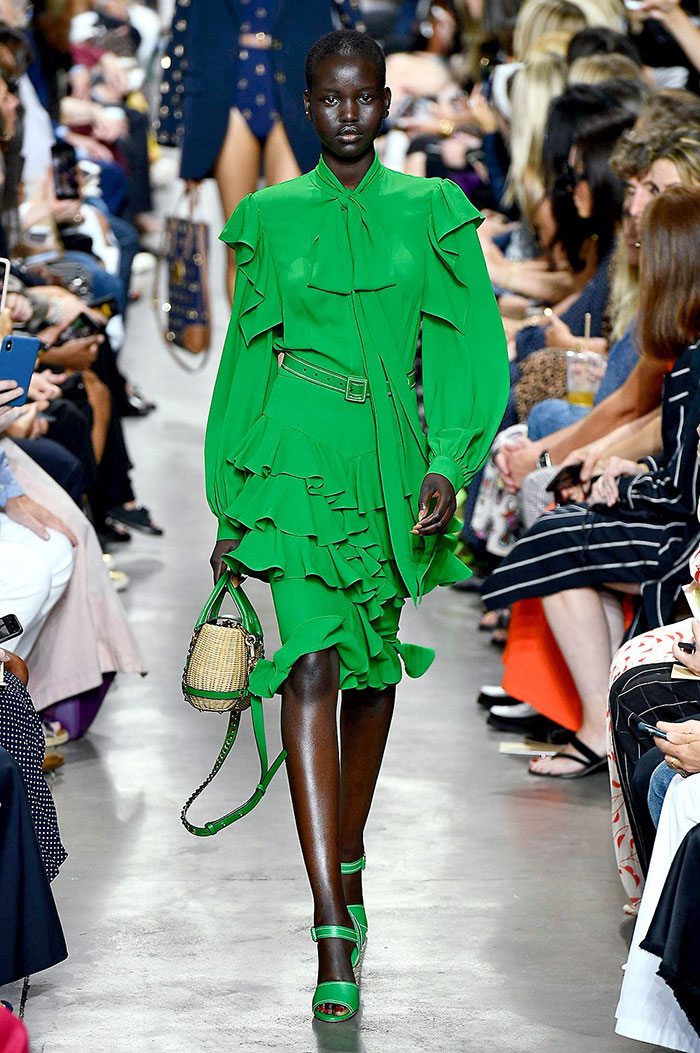
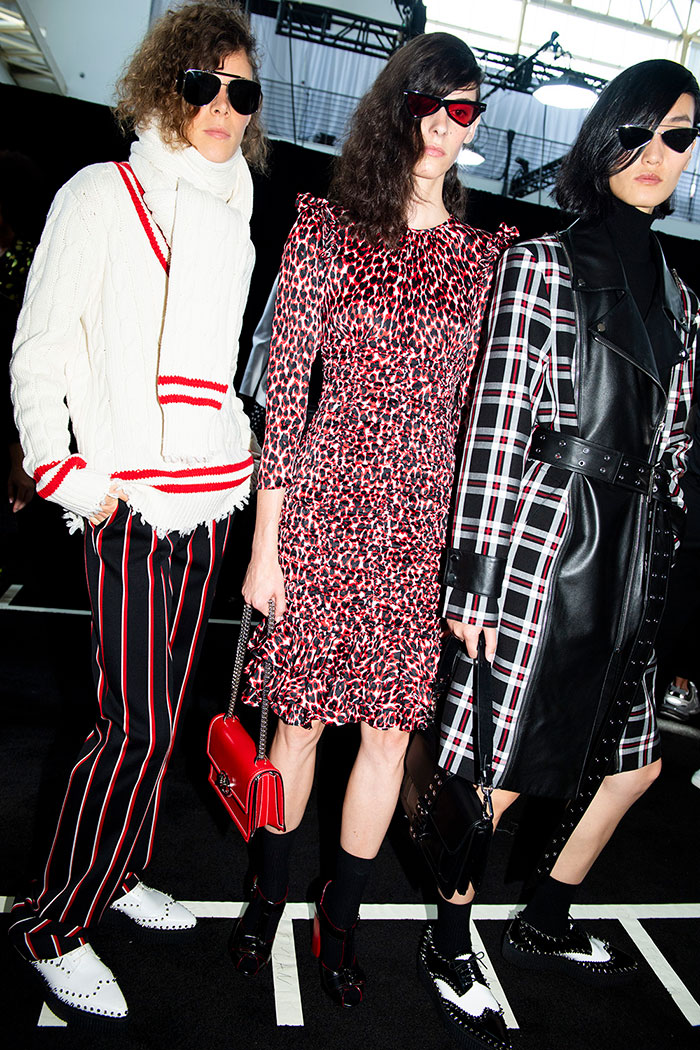
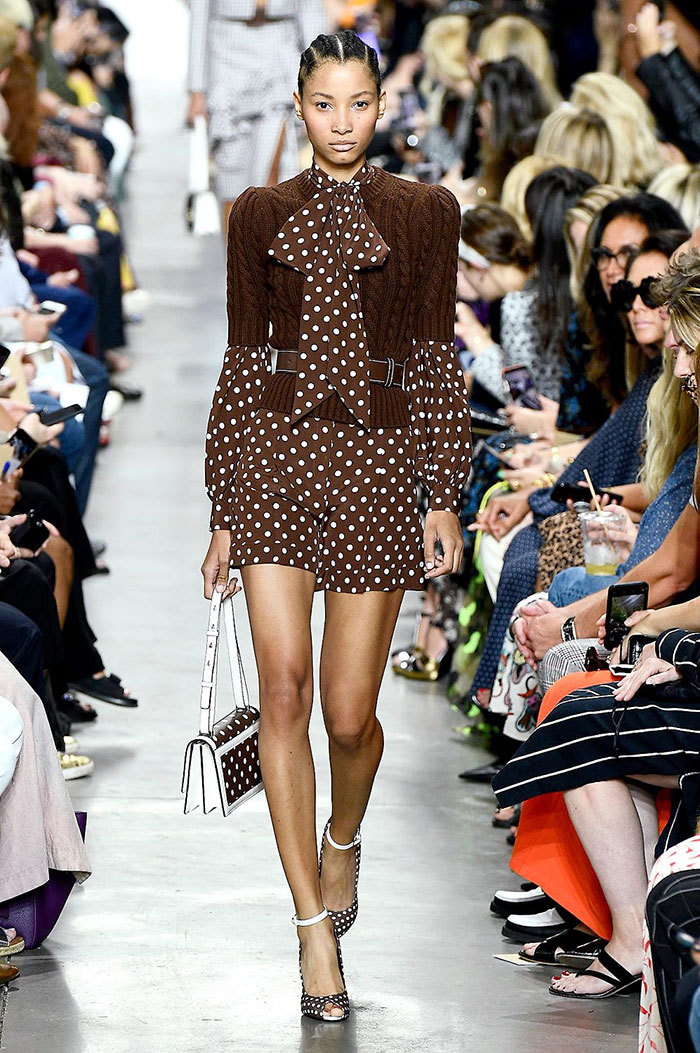
The result was a sparky homage to all-American style, from the preppy to the rebellious. Kors linguistically swapped the famous Maine village of Kennebunkpor t— the summer retreat of the Bush family — with his own turn of phrase, “Kenne-punk-port,” when detailing a leather-and-tartan-plaid coat with metal grommets on its belt. “Everyone in town would be like, woah.” But he also emphasised timelessness and buying pieces that can be worn over and over again. “The chicest women wear their dresses for thirty years,” he quipped.
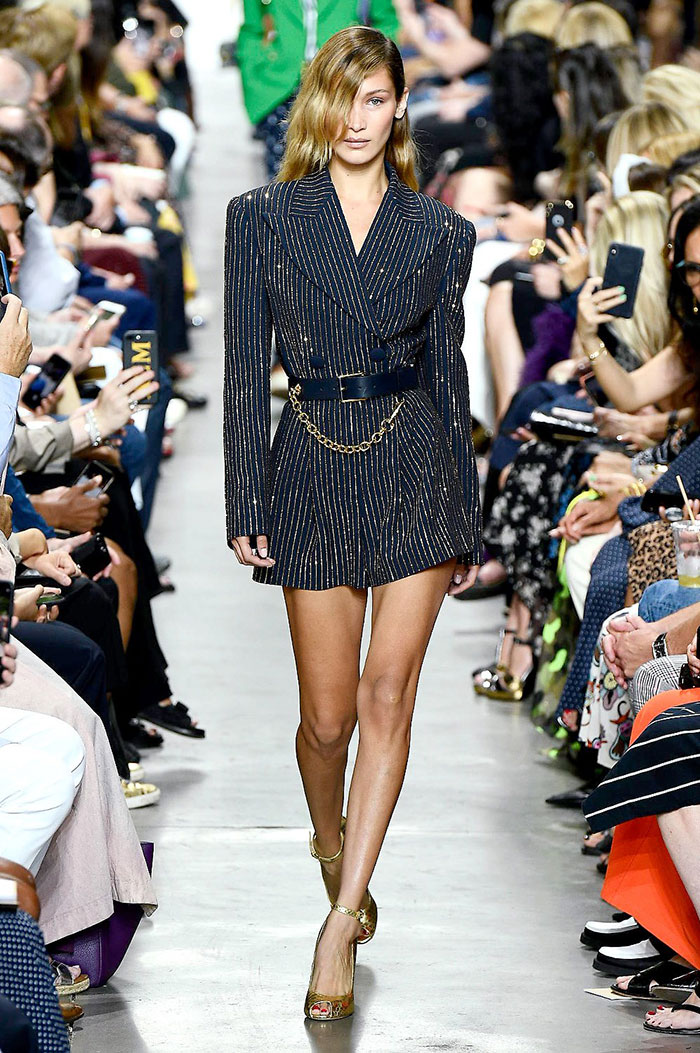
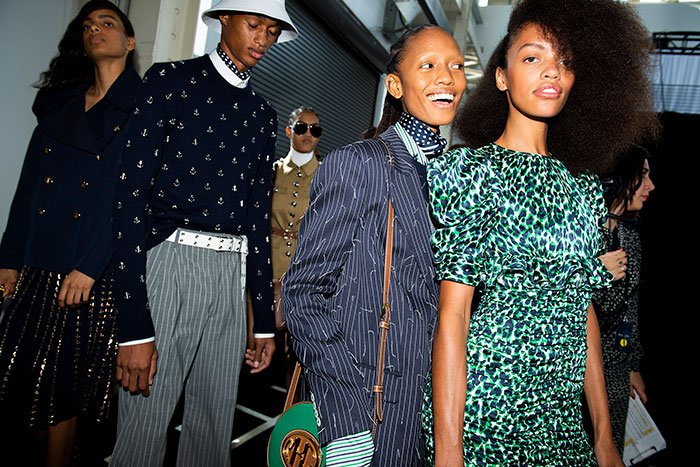
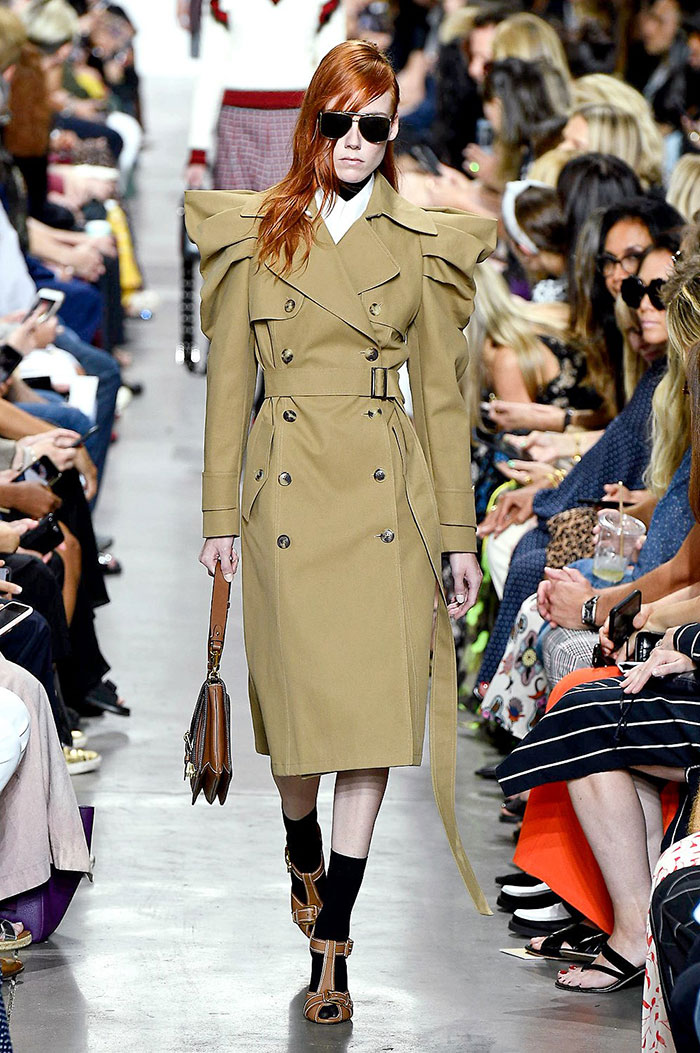
This zone is where he succeeded most solidly; gingham separates, fruit-bedazzled dresses, denim skirts and grey flannel high-waist pants all had the kind of built in sporty pep for which Kors is known, and all seemed like enduring wardrobe pieces as opposed to one-time wears. He aimed for “beautifully tailored clothes that get better with time.”
Some silhouettes — power shoulders, wide lapel and vaguely nautical blazers, or kind of 1980’s-style dresses with too much fabric at the top — had a more foreseeable expiration date. But, speaking to the majority, Kors’s all-American proposal flew high.
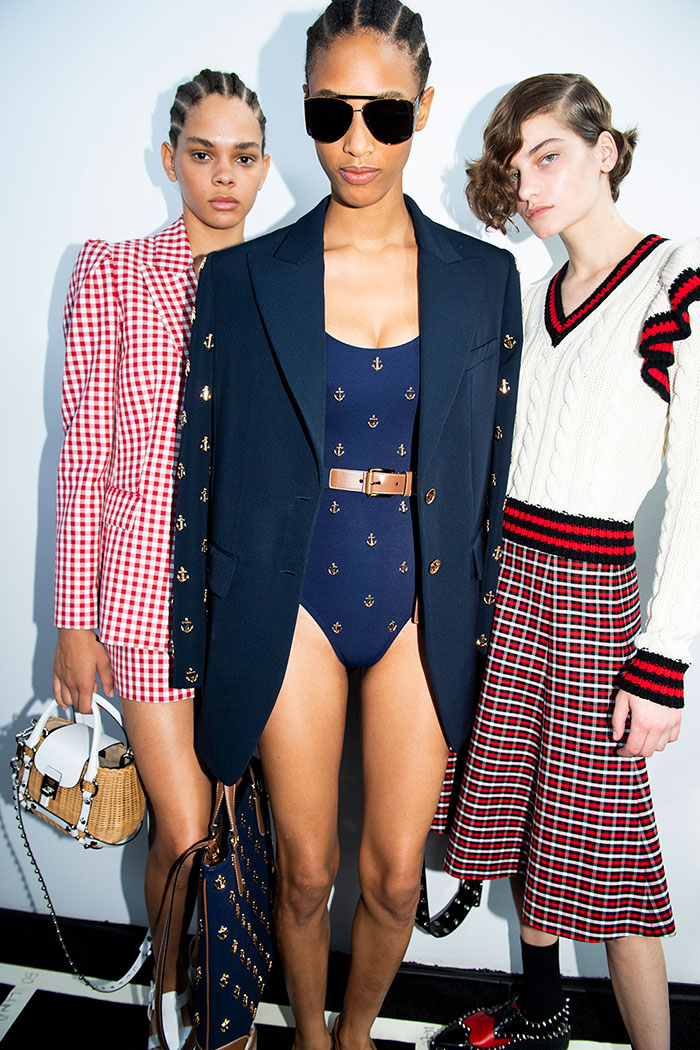
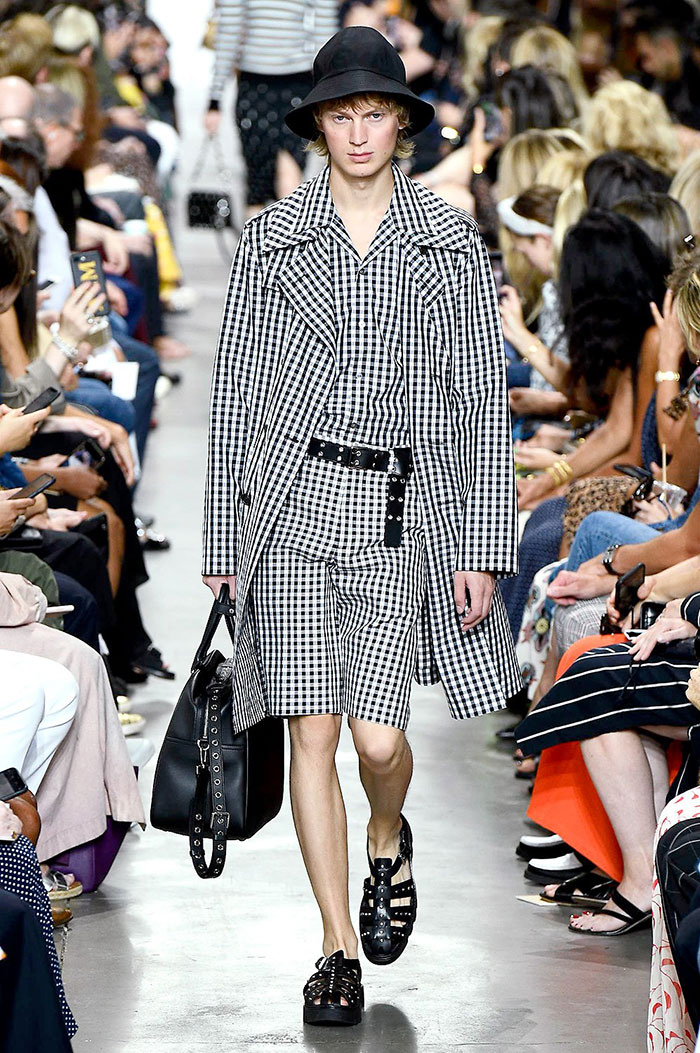
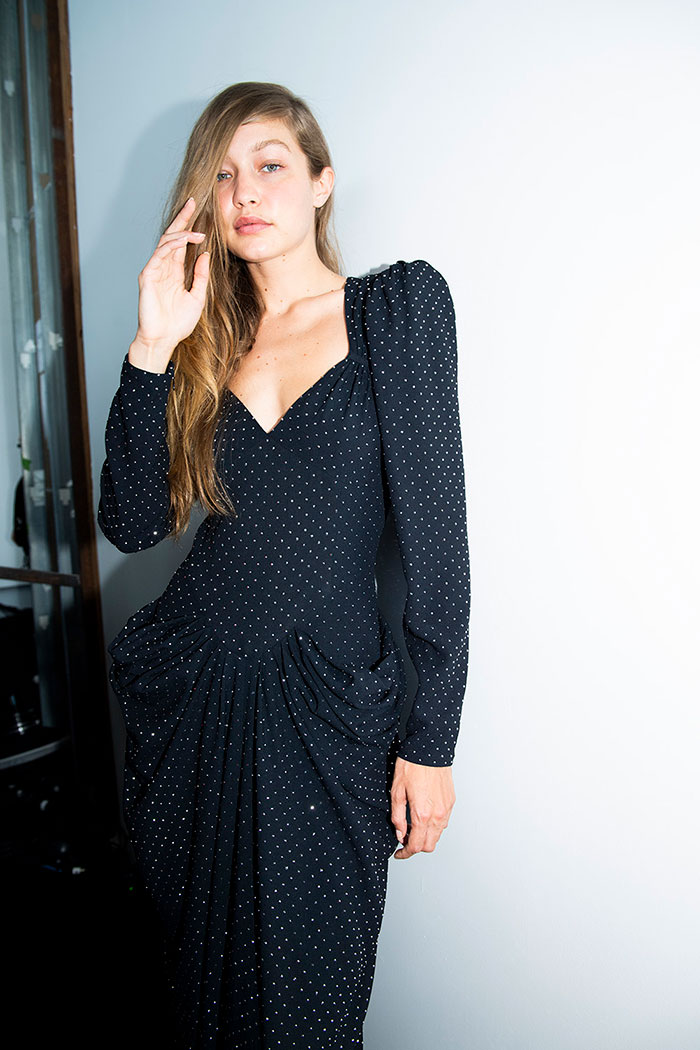
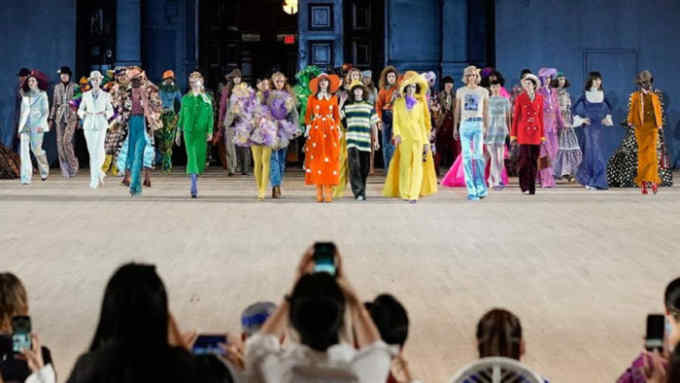
Comments